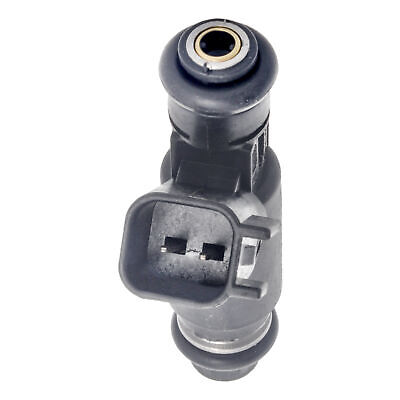The upstream O2 sensors should vary between 0.1v and 0.9v, and they may not vary the same at the same time. It's easier to see when they're graphed, but if they're moving the full range, active, and not fairly static they're probably okay. If you suspect one, use your graphing scanner to see their activity better over time (it looks like you can graph). You can swap the upstream sensors side to side to see if the suspected laziness follows, but at that point if they have any significant age on them, consider replacing them with new quality sensors.
You should have STFT and LTFT values for both banks. Bank 1 is the driver's side. The STFTs are what is happing NOW and will move around; that's what the engine computer does to adjust things, but ideally they should be between ±5% during normal driving. They'll go higher with acceleration, at least for a few seconds while you're on the throttle. Once they swing wider and stay near 10% either way is when you want to start looking for causes. LTFTs are just STFTs over time; if your STFTs are less than ±5% I wouldn't worry about it. Short term trims reset with each ignition cycle, but long term trims are just historically accumulated short term trims; think of them as a moving average or a trending value. If ST trims are nice and low, the LT trims will eventually reflect that; and the converse is true.

